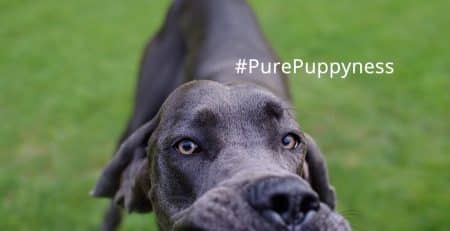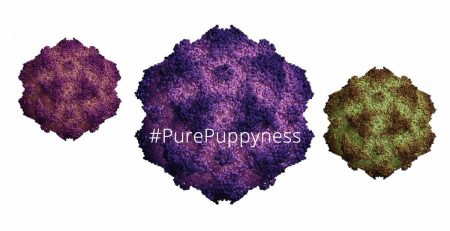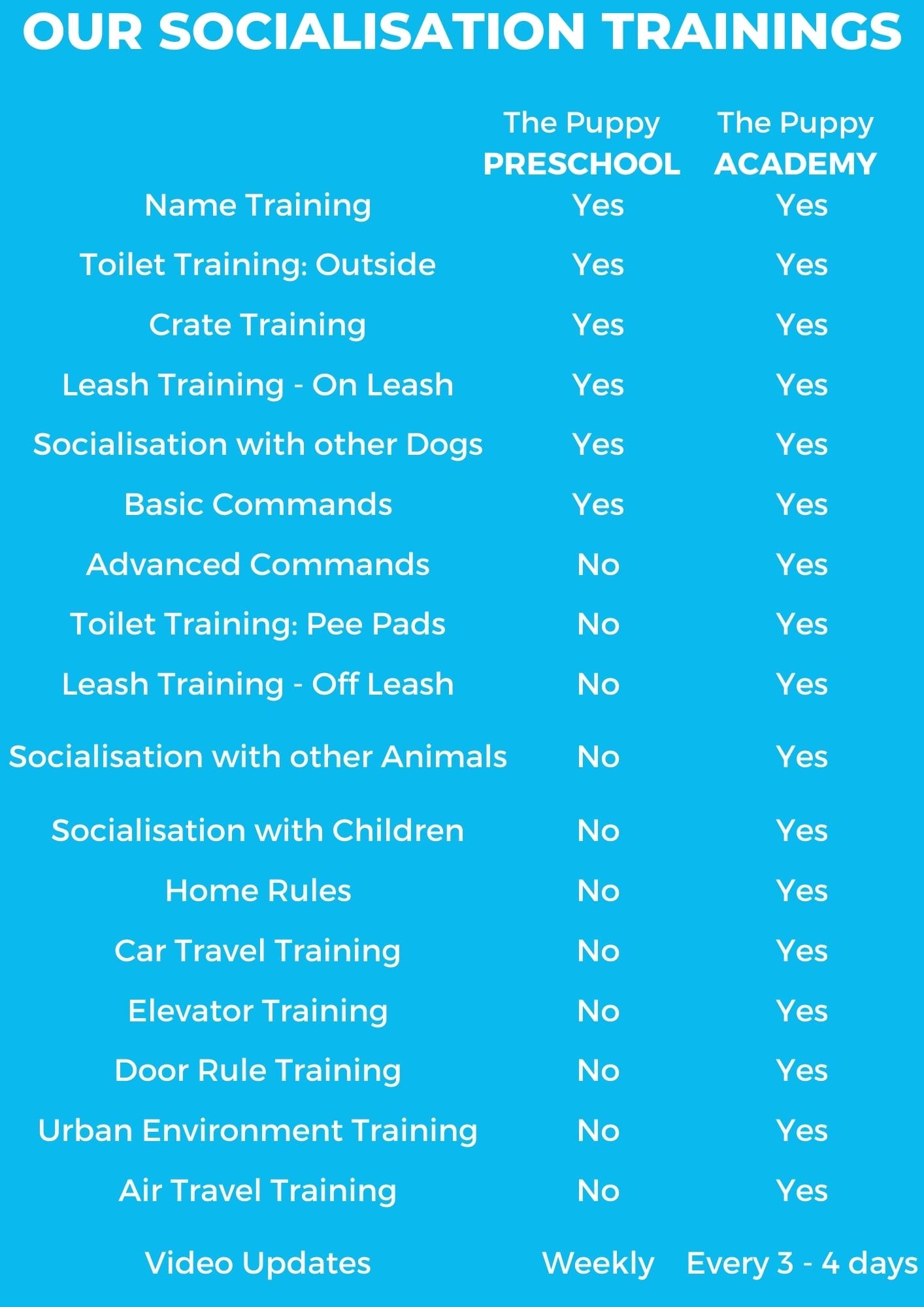The woes of the Golden-agers
Your dog is taking a little too long to wake up in the morning, and is also going to bed way before the rest of the family. Just a year ago, Chuck was as cheeky as the first day it set foot inside your home as a puppy. But now, Chuck is 11 years old, and just like that, within a few months its joints started creaking and the occasional snap could be heard when it wakes up from a long, deep slumber. Its walk has transformed from a purposeful gait to a clumsy to and fro sway that reeks of stiff joints and sore spots.
What to do? How can I help my poor dog live a happy, satisfactory life at these later stages of its life?
Through domestication and great leaps in Veterinary Medicine, dogs had to learn to share the burden of old age with us humans. Geriatric treatment is nowadays not only something exclusive to human medicine but it is also commonly being used for the treatment of household pets. There are a number of ailments that afflict elderly dogs.
Arthritis
One of the most common conditions in old dogs is arthritis. This condition is characterised by chronic joint pain and can be observed as a deterioration in the mobility of our elderly friends. There are many things you could do to help the dog cope with this condition. One very effective measure is to make sure that the dog’s living area is warm and dry. This will be very effective at reducing joint pain allowing the dog to live as comfortably as possible. One should also stop arthritic dogs from going up and down flights of stairs, as this puts a lot of strain on the dog’s bones and joints and causes a lot of harm, especially in dogs already suffering from this condition. It is also advised to speak to the vet and formulate a special diet or ask him to suggest supplements that help with the maintenance and, if possible, improvement of your dog’s condition.
Cataracts and blindness
Does it seem that you need to move closer for your dog to completely recognise you? Is your dog bumping into things or needs to be very close to something to realize that there is an object in front of him? Take a quick look in his eyes and if you feel that one or both eyes look a bit cloudy then your dog might be suffering from cataracts. This is a common condition where protein deposits in the dog’s eye and interferes with the light coming in and falling on the retina. This makes for visual impairment and can sometimes go unnoticed due to its slow gradual development and the dog’s ability to adapt over time. However cataracts can develop to a point where they have a tangible effect on the dog’s life. Fortunately there is a cure for this condition in the form of a surgical procedure. If it is not possible to perform this procedure or if your dog is becoming blind for other reasons, there are other things that you can do to help your dog. When the household is inhabited by a blind dog, it is suggested to never move the household furniture around. This is because a blind dog would have developed a mental map of how things are arranged inside the house and moving things around will only confuse it resulting in unnecessary stress and injury. Animals generally develop a more acute sense of touch and hearing due to blindness. It is therefore suggested for homes with blind animals or those with some degree of visual impairment to maintain their peace and quiet in order to keep stress to a bare minimum.
Loss of dentition
It often seems that dogs end up holding on to only a couple of teeth by the time they get to a ripe age. However, unlike humans, dogs do not have the luxury to wear a denture to help them with their everyday life. It is wise to adopt a preventative approach throughout your dog’s whole life. It is best to go to regular check-ups and clean your dog’s teeth as often as possible while your dog still young and has a full set of pearly whites. Good oral hygiene is essential for the prevention of gum disease and resultant tooth loss. Always keep in mind that your dog is not a shark, and will not grow a new set of teeth if he loses them. Given that a dog’s happiness is highly dependent on its dietary experiences, then one should see the importance in the proper maintenance of what will allow your dog to enjoy life to the max.
Mental health
As the old adage goes, “You can’t teach an old dog new tricks”. Mental health and dexterity starts to wane as dogs become older. Learning new stuff takes longer and more effort, and old dogs start to feel less motivated to please. It is wise to teach your dog whatever you want to teach him when the dog is still young and is easy to motivate. Training your dog well at a young age will result in a reliable dog in the future.
Incontinence and bowel movement
Incontinence starts becoming a problem with age. In some cases, incontinence is behavioural where the dog starts to prefer answering to nature’s call wherever they are lying instead of going through the trouble and effort of getting up and doing their business in the right place. Others simply lose control of their bladder and start to drip continuously. This often starts early on in their life and becomes worse as the dog becomes older. In the first case, treating the original cause of discomfort that is stopping the dog from doing its business in the right place, usually solves this behavioural problem. In the latter, medical treatment is often needed; make an appointment with your trusted veterinarian to tackle such a problem. With old age also come kidney problems; these might result in your dog increased need to urinate.
Bowel movements also start taking a slump with age. The intestine of old dogs start to become less efficient at absorbing water and other nutrients sometimes resulting in a change in intestinal flora. Buy your old dog appropriate senior food to make sure that your dog is making the most out of its diet. Speak to your veterinarian to determine the best way to supplement your dog’s diet maintain a healthy intestinal flora and to help it with its old age.






















